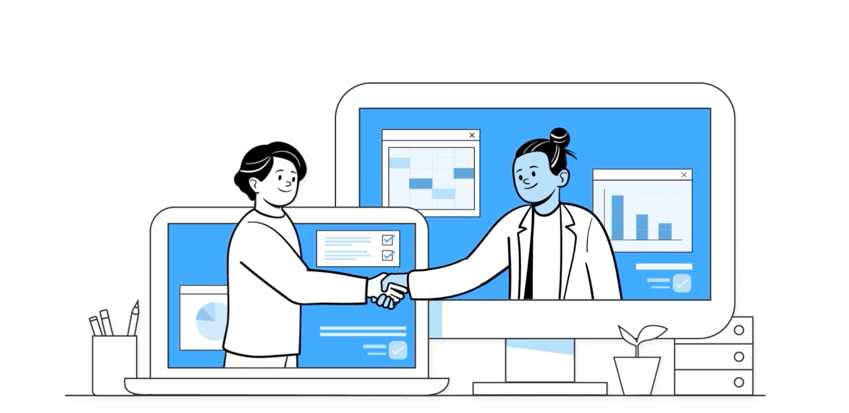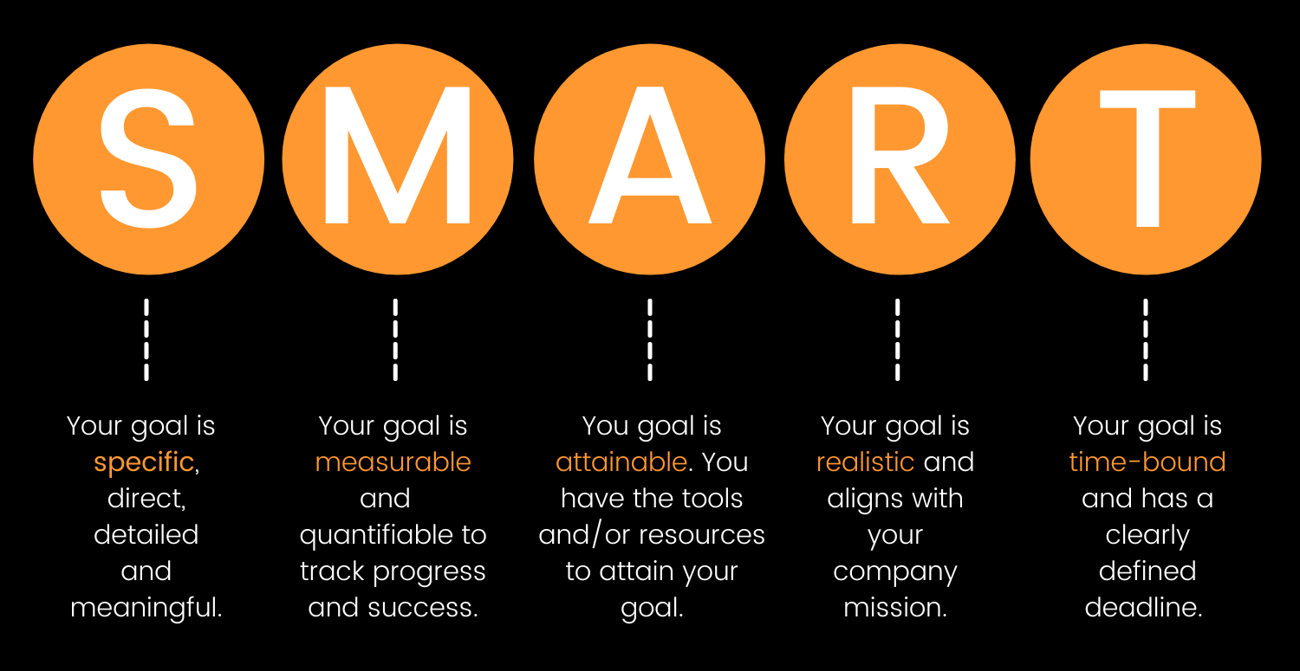DIGITAL EVENTS: HOW WE GOT A 73% COMPLETION RATE

Incorporating digital events and experiences into your marketing strategy is more crucial than ever.
With employees not returning to the office as quickly as was predicted, and companies still adapting to working from home, we’re all spending more time online - and to communicate effectively with your clients, you need to be where they are. As such, digital events and experiences are more important than ever. We helped UBS develop a digital sustainability event and a series of digital experiences, including a website-based experience and a documentary-style series. Both of these saw a 73% completion rate - which means that 73% of attendees completed the full event. Keep reading for our top tips for achieving the same success with your digital events.
Step 1: Understanding your audience
The first step in creating successful digital experiences and events is to understand the audience you are trying to connect with. Gaining a better understanding of how your consumers currently perceive you allows you to formulate a strategy that considers their thoughts and opinions. It’s astounding how many modern marketers are skipping this step. This is our first step before any new campaign or project we run, and the results speak for themselves. You can do this using loyalist interviews, partner research, focus groups, stakeholder workshops - or simply by getting out there and asking honest questions about your brand.
Step 2: A strategic re-evaluation
Once you have gained a better understanding of your audience, it’s essential to review your strategy fundamentals and align them with a fresh approach to events and content. A good marketing strategy effectively comprises:
Targeting
Deciding who to speak to - and who not to speak to. Some questions you can ask to develop effective targeting strategies include:
- Is who you’re talking to changing?
- What have you uncovered from talking to your consumer?
- Can you afford to try and reach the same number of audiences?
- Has the behaviour of your audience changed?
Positioning
Deciding how you’re speaking to your audience. There is a good chance you need to shift your positioning given the events of the last year. Speaking to your consumer is key, and understanding how they want to be spoken to will help set you apart. In particular, you need to gain a deep understanding of how to communicate around events and experiences. Let’s take a simple example: do you call them events? Is that something your audience wants? This is one of the reasons why we often go through discovery phases with clients - as a way to understand their audience and their communication nuances.
Objectives
Deciding what you can measurably achieve. Remember to keep your goals smart - specific, measurable, attainable, realistic and time-bound.

Setting up effective tracking methods, especially against the previous time period, is also particularly important in this step.
Budget
Deciding how you are going to afford your objectives. Aligning your strategy fundamentals with a new approach to events is, naturally, going to impact the rest of your marketing spend, so deciding how to deal with this is crucial before moving on to the tactical implementation. As part of our research into the current state-of-play of marketing and digital events, we spoke to 250 marketing professionals about their priorities for 2022, and this is what they had to say about allocating their marketing budget; a testament to how important it will be to shift your focus towards digital events and experiences.
Step 3: Tactical implementation
You’ve finally done all your marketing research and re-evaluated your strategic fundamentals - so, how should you actually plan your digital events and experiences? There are many ways to approach this, but we found this one to be the most effective for our clients; the pre-, during- and post-event planning approach. By breaking down your event simply like this, it becomes a much more manageable entity. Below is an example of a top-level plan that follows this structure and incorporates some of the tactics and ideas found in our whitepaper.
Best Practices for Digital Events and Experiences
So, we’ve established that people are very familiar with virtual events and live content now - therefore, it’s important to stand out. But how do you do that content-wise, with so much competition out there? Our best practices and top tips for your virtual events and experiences content can be summed up into four main points:
- Build a consistent, seamless user experience, relevant across the board, allowing reuse of content and sharing with prospects and other stakeholders
- Put out participative content, inviting engagement and collaboration, and information retention
- Create portable and scalable experiences that can be expanded through technology and grow through a quarter or year-long campaign
- Create a distributed event that matches the digital mind space of shorter and more intense bursts of focus. With our emails only a tab away, we know that we cannot demand more than a handful of hours per day.
With the world set to be a very different place for years - even decades to come - as a result of an unprecedented global pandemic, your approach to digital events and experiences is likely to be very different as well.
Ultimately, if you continue to produce value for your audience you’ll be in a good spot - and hopefully, this article has provided some insight into how you can continue to do just that.
Interested in hearing more about digital events, experiences and content? Download our whitepaper here.

.png)
